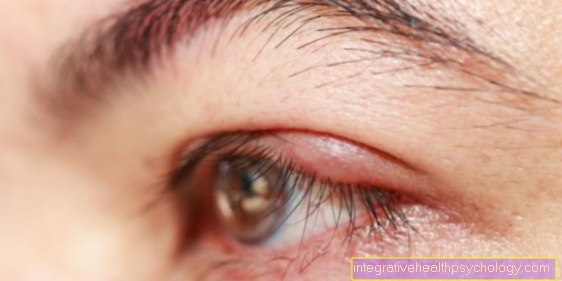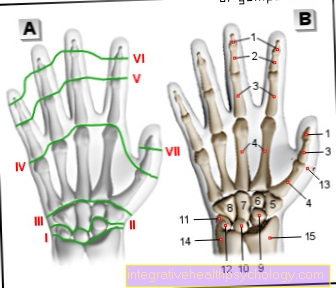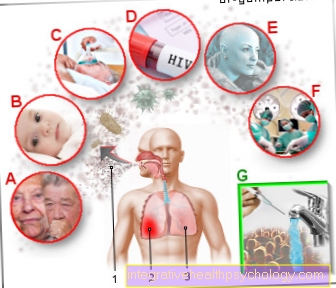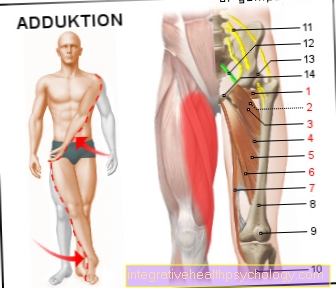Signs of Marfan Syndrome
Cause of Marfan's syndrome

As with the Marfan's Syndrome addressed, Marfan syndrome is a genetic disease. Through a change (mutation) of the fibrillin-1 gene (FBN-1) a defect occurs in the microfibrils (structural component of the connective tissue) and a weakening of the elastic fibers, which manifests itself primarily in the organ systems of the heart, the skeleton, the eye and the blood vessels.
Autosomal dominant inheritance means that an autosomal, i.e. not sex-linked, chromosome is involved. The human chromosome set consists of 23 pairs of chromosomes. Of these, 22 pairs are autosomes (Chromosome 1-22) and 1 pair are the sex chromosomes (X and Y). Dominant means that a genetic change (mutation) in a gene on one of the two chromosomes of a chromosome pair leads to the disease, although the other is not pathologically changed. If one parent is affected by the disease, there is a 50% chance that the child will also become ill. The severity of the expression is very variable and can be from severe neonatal Marfan syndrome, which is already with birth shows significant symptoms, ranging up to asymptomatic disease.
But even if neither of the parents is affected by the disease, it can Marfan's Syndrome occur in a child. The reason for this are new mutations, i.e. spontaneously occurring changes in the fibrillin gene, which are the cause of a disease in 25% of cases.
Symptoms of Marfan's Syndrome
Since this disease affects the connective tissue throughout the body, the symptoms of Marfan Syndrome vary from person to person. The most common and noticeable symptoms are the great length of the body, the excessively long limbs, changes in the body Visual acuity, Valvular heart disease as well as abnormal changes in the large blood vessels.
More details can be found in the criteria of Gent Nosology under the topic Marfan Syndrome Diagnostics to find.
Additional information
Also read:
- Marfan's Syndrome
- Marfan Syndrome Diagnostics





























